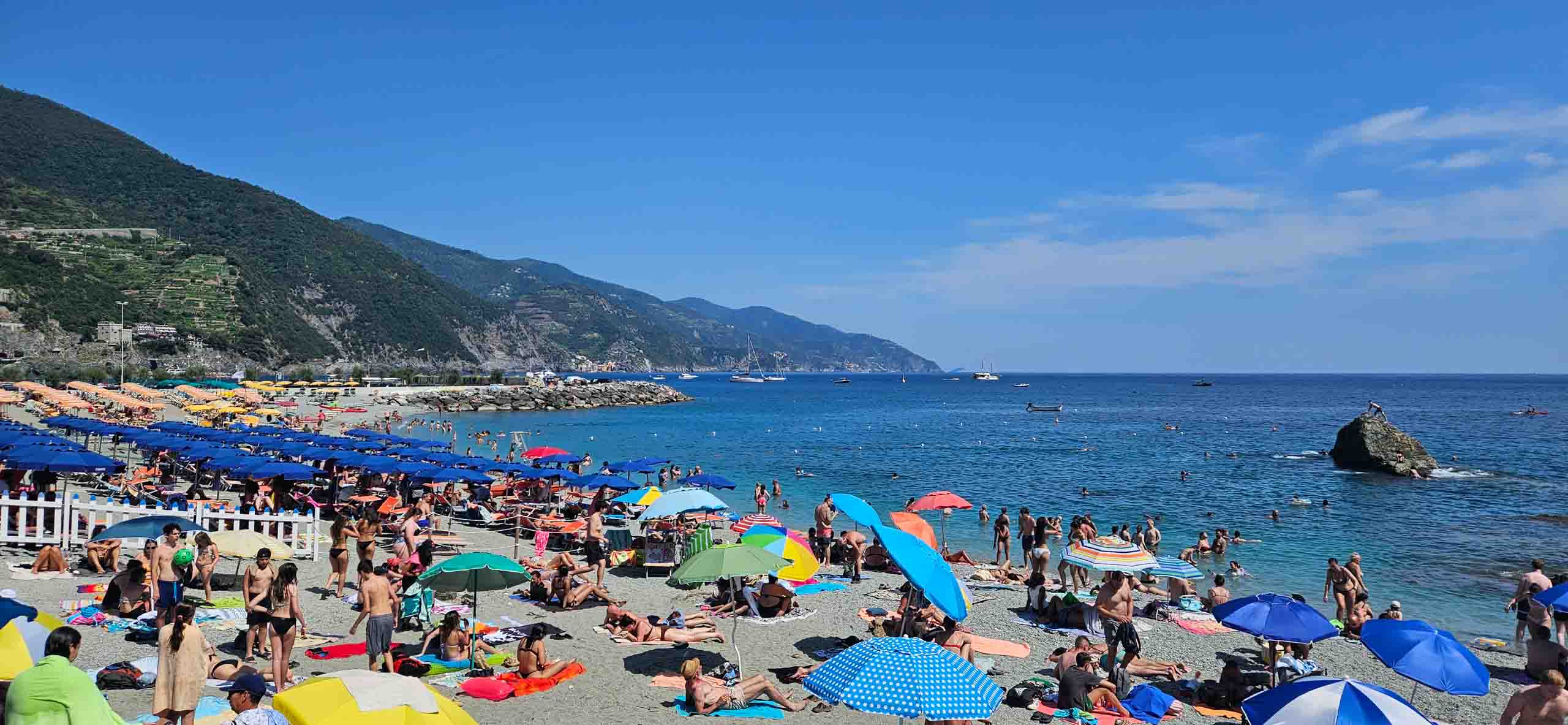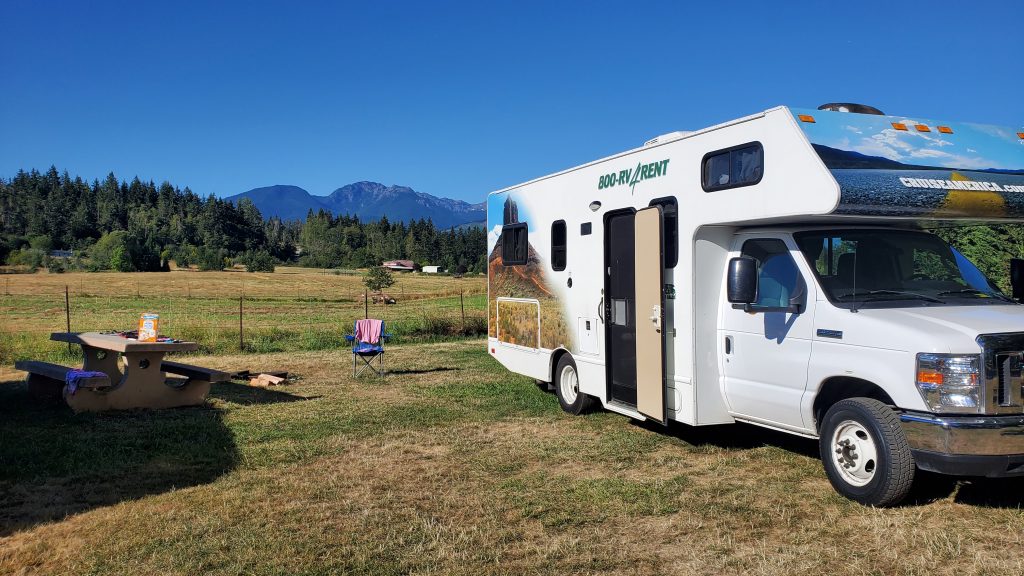
Planning a big trip can be daunting. The options can feel endless—and honestly, overwhelming. So, I thought that I’d share my process with you as we’ve been using this pattern and system for the past 5 years or so.
First, brainstorm places
Where do you actually want to go—and why? Keep it high level – country, region, landmark level.
We start with the vibe before the destination. Mountains or coast? City immersion or remote villages? We’re drawn to places with strong cultural identity and epic outdoor access. Think Rockies, Sierras, Olympic Coast, Dolomites, Cascades – even bucket list areas like the Swiss Alps or Andes.
Once you have a general region in mind, ask:
- What kind of experiences are you craving?
- What’s the cultural story of this place?
- What will fill your cup—slowness, scenery, or both?
Next, set a realistic time to be away
We’re big fans of the two-week model. Especially when we head over seas or somewhere where the travel day are long.
It’s long enough to unplug, explore deeply, and not feel rushed. If you’re working with a tighter window, focus your trip on one central hub and do short day trips—don’t try to country-hop in five days.
Then do the research
Once we’ve narrowed down a region, it’s time to dig in. Here’s where we gather activity ideas and must-dos:
Resources we love:
- AllTrails for hikes
- Rick Steves for culture & logistics
- Other travel blogs & forums for hidden gems
- Google Maps saved lists for restaurants, shops, and scenic spots
This is the “collect everything that sounds awesome” phase. Don’t worry about timing yet.
Now, build the itinerary spreadsheet
Yes, it’s nerdy. Yes, it’s essential.
We fire up Google Sheets and create a row for each day of the trip. Columns usually include:
- Date
- Location
- Activity / Destination
- Accommodation
- Travel time
- Notes / Links
Plot out the rough flow of your trip—what’s nearby, what hikes can be grouped, where you’re staying—and start shaping your rhythm.

Now it’s time to decide where you’ll sleep
Once the flow is set, book your accommodations. Are you:
- Camping?
- AirBnB’ing?
- Hotel hopping?
- Renting a van or RV?

Jump to your favorite travel sites for these. We use a combination of Booking.com, AirBnB.com, and Expedia mostly but there are plenty of others that provide useful information.
Important: Some trips require locking in your stays before you book flights—especially for high-demand locations (looking at you, Cinque Terre). Others let you fly first and be flexible. Know which way your destination leans.
Fill in the Gaps & Finalize Travel Logistics
With lodging and anchor activities plotted, you’ll want to:
- Book trains, flights, and rental cars (Omio is great for trains)
- Add down days and flexibility for weather or spontaneous moments
- Account for travel time between stops (leave wiggle room—especially with planes and public transit)
Apps like Rome2Rio, Omio, Trainline, and TripAdvisor can help you sort out transportation and transit passes.
Book It All & Keep Everything in One Place
Once the plan feels good—book it. Flights, trains, excursions, and special restaurants (especially in Europe) can and should be booked in advance (flying by the seat of your pants is an entirely different experience – doable but way different mindset and not one that we’re willing to do with kids)
Keep confirmation emails in one folder or even copy-paste into your spreadsheet. Trust me—organized travel is relaxing travel.
Final Tips for Intentional, Immersive Travel:
Slow travel > box-checking—stay longer, go deeper, remember more.
Pack with purpose—especially for hiking-based trips. Think layers, laundry-friendly clothes, and reusable water bottles.
Comments are closed